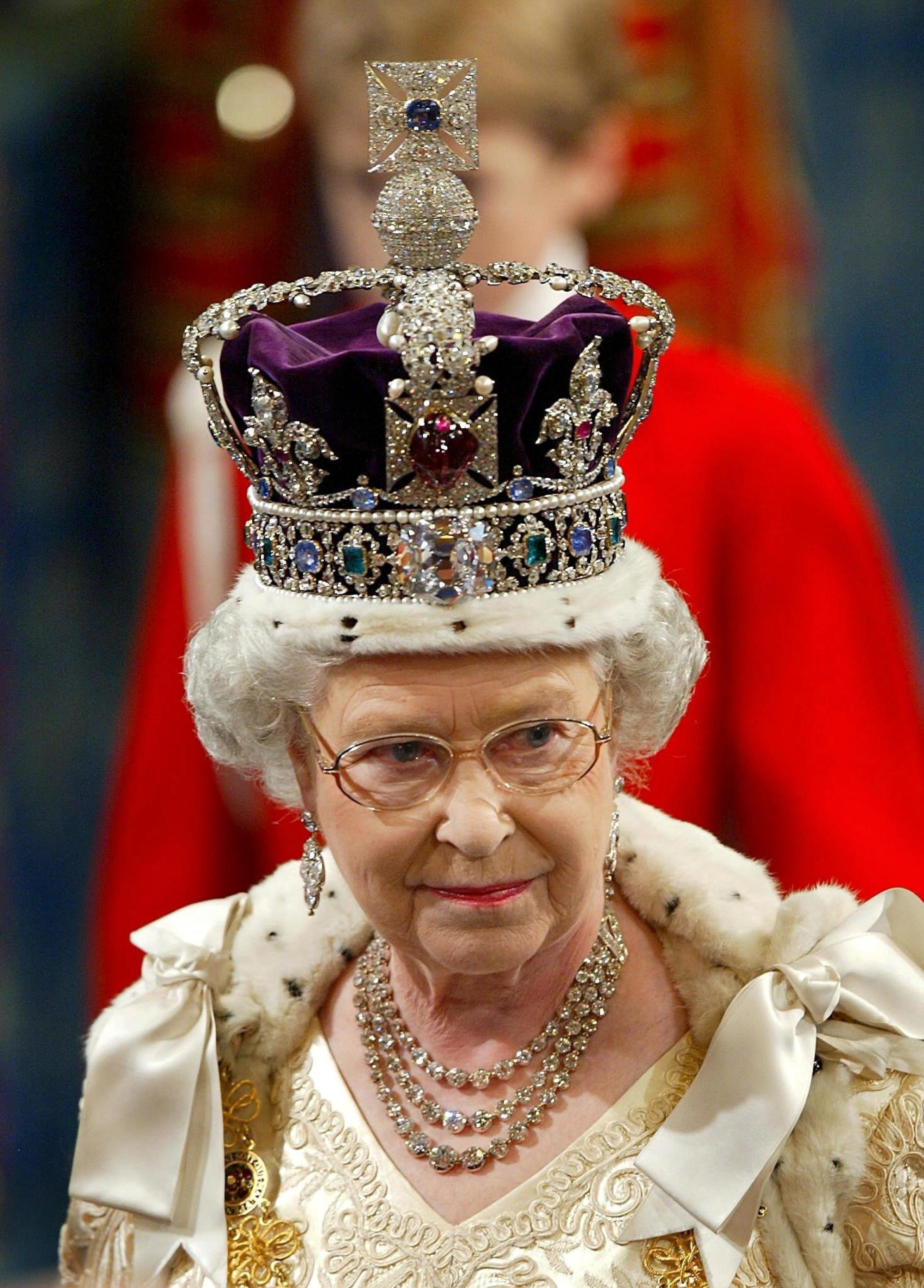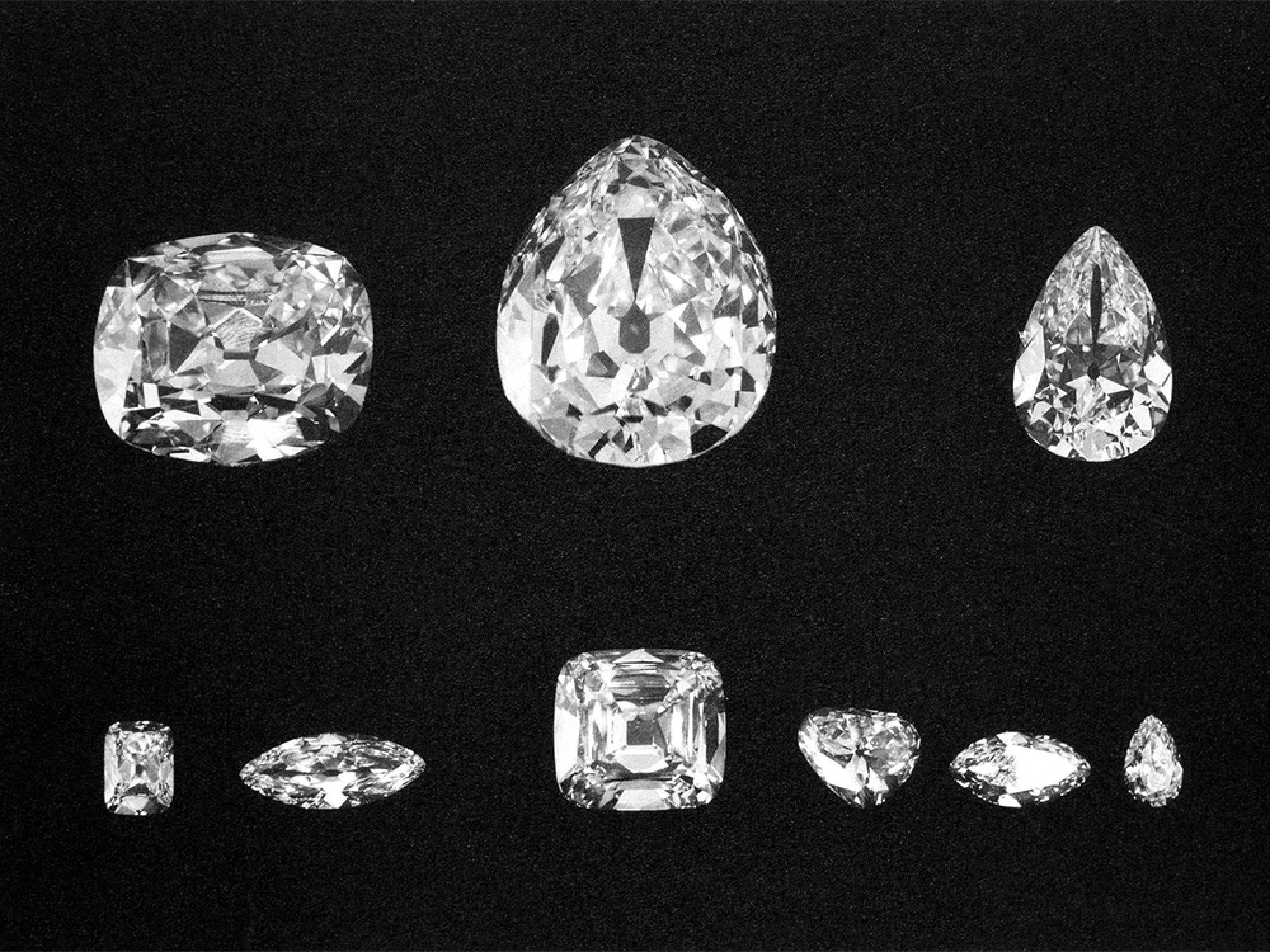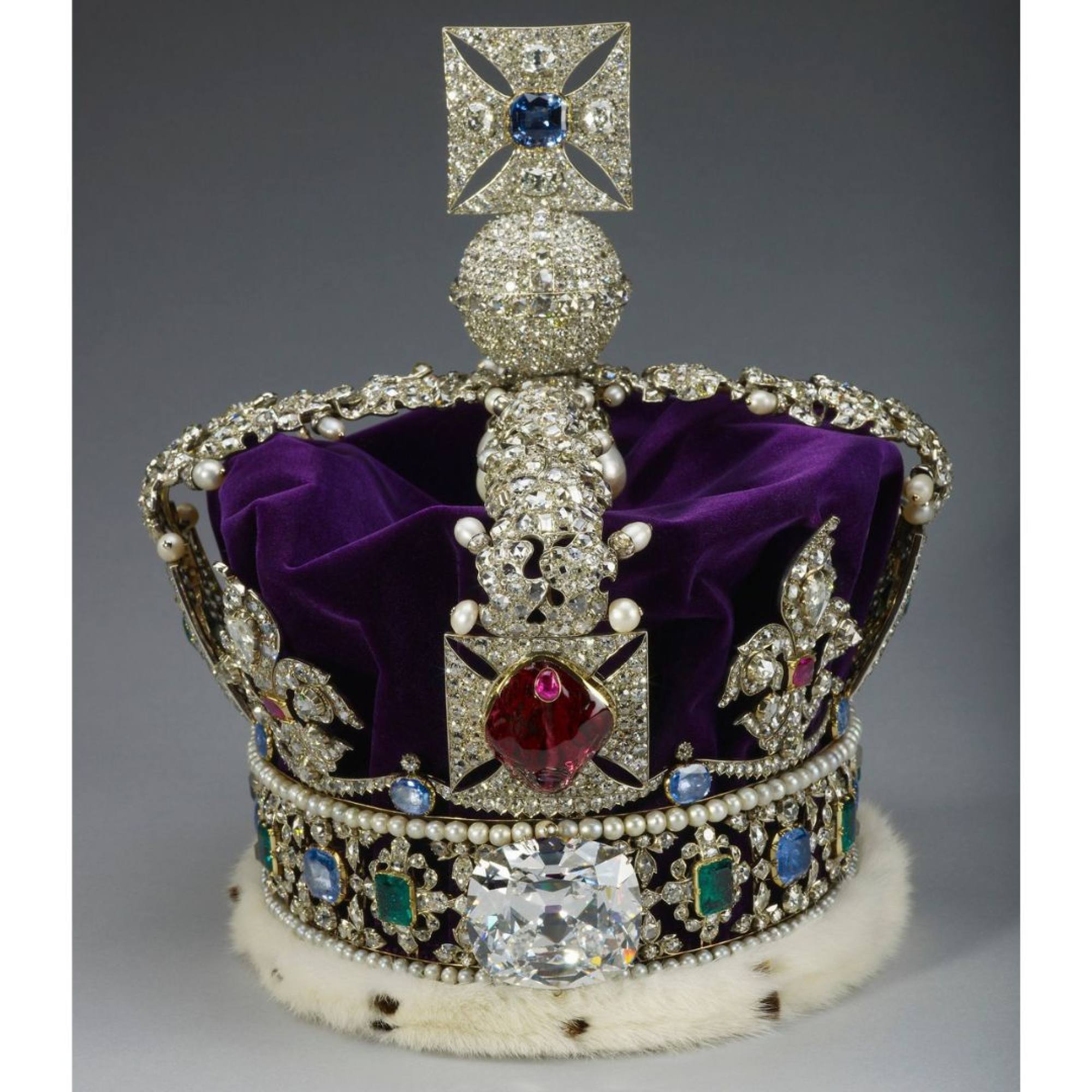Why is the world fighting over Queen Elizabeth’s royal jewels? From Koh-i-noor on queen mother’s crown to South Africa’s Cullinan diamonds on the Sovereign’s Sceptre and Imperial State Crown …

The passing of Queen Elizabeth on September 8 shook the world. Millions of fans globally mourned as a wave of grief and gratitude poured out.
So why are the jewels caught in the middle of a controversy? Read on to discover the origins and significance of the diamonds.
Koh-i-noor

As one of the largest cut diamonds in the world, the Koh-i-noor did not belong to the British royal family originally. It was attained through conquests as part of diplomatic settlements.
Meet Grace Kelly’s granddaughter who grew up in a circus, Pauline Ducruet

According to HRP, the diamond was mined from Golconda, the principal capital of the Qutub Shahi kings, in the Western part of Hyderabad city. In 1849, the East India Company, a British trading enterprise from 1600 to the 1870s, took the jewel from Maharaja Duleep Singh, the last king of the Sikh empire.
The Sikhs had to surrender the diamond to Queen Victoria as part of the Treaty of Lahore, which marked the end of Anglo-Sikh Wars in the Punjab – present-day eastern Pakistan and northern India.

The huge diamond has passed through the hands of many royal kings. It started with the Mughal Emperors in the 16th century, before moving on to the Persian leader Nader Shah, Emirs of Afghanistan and finally Sikh Maharaja Ranjit Singh in 1813, as per World History.
Therefore, it is no surprise that India, Afghanistan, Iran and Pakistan are all claiming ownership of the Koh-i-noor over the British royal family now.

Although Koh-i-noor means “Mountain of Light” in Persian, it seems it only brings good luck to women. Superstition has it that it is cursed and misfortune will befall any man who wears it, reported NBC News. The rumour originated from its precarious history of being owned and lost by many male rulers. Thus, it is believed only a woman will be spared its ill fate – and it seems to be true in the case of the queen mother and Queen Elizabeth.
Where does the UK royal family get all its money?
2. Great Star of Africa

Discovered in 1905 in a mine in South Africa, the Cullinan diamond was the biggest gem-quality uncut rough diamond ever found, per ABC News. It was named after the owner of the mine, Thomas Cullinan.
In its raw state, the original diamond was 3,106 carats and the size of a human heart, according to the Royal Collection Trust. Out of nine stones cut from the Cullinan diamond, the Great Star of Africa, also known as Cullinan I, was the largest at 530 carats.
According to CNN, the gem was supposedly bought by South Africa’s Transvaal government (run by the British) and given to King Edward VII in 1907. It was a birthday present as much as a tribute to the five years of peace enjoyed between South Africa and Britain since the end of the Second Boer War, per News24.

The drop-shaped diamond was then mounted atop the Sovereign’s Sceptre with Cross in 1910, a sacred royal object from the 1600s. It has been carried at every coronation ceremony since the one for Charles II in 1661.
According to CNN, there is furore among South Africans who demand the return of the “stolen” diamond.
Meet Saudi Arabia’s game-changing Princess Haifa
Activist Thanduxolo Sabelo echoed his sentiment, according to South African newspaper TimesLive. “The Cullinan Diamond must be returned to South Africa with immediate effect. The minerals of our country and other countries continue to benefit Britain at the expense of our people.”
3. Second Star of Africa

The Second Star of Africa, also known as Cullinan II, is 317 carats and the second largest stone cut from the Cullinan diamond.
As the whole world was watching the voyage of the Cullinan diamond from South Africa in 1907, the colonial government had to be creative and cautious. According to Royal Asscher, they set up a decoy of armed guards and military personnel to create a grand spectacle of its transport. However, the actual precious jewel was sealed in a simple parcel and inconspicuously mailed to a London office.

Since its arrival on British soil, the Second Star of Africa has been set in the Imperial State Crown, which was made for King George VI’s coronation in 1937. The crown is worn by the monarch when they leave Westminster Abbey after a coronation.
Although the Second Star of Africa is the largest diamond in the crown, it has a total of 2,868 diamonds, 17 sapphires, 11 emeralds, 269 pearls and four rubies, per HRP – all weighing over one kilogram in total, reported HITC.

- Queen Elizabeth’s passing in September saddened many royal fans worldwide, but some spectators are arguing that the crown jewels should return to their countries of origin
- Koh-i-noor has a long history, with India, Afghanistan, Iran and Pakistan all claiming ownership, while the Great Star and Second Star have roots in South Africa